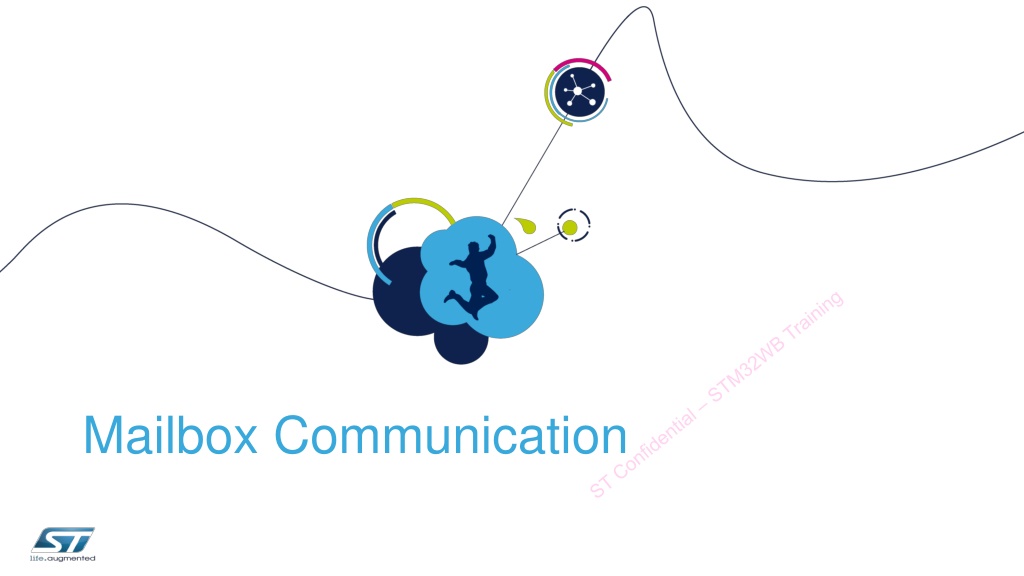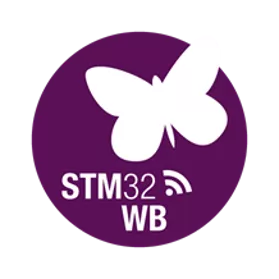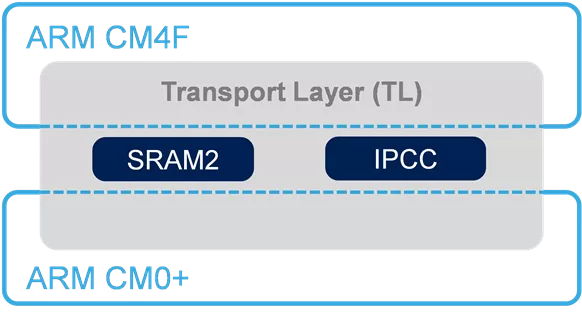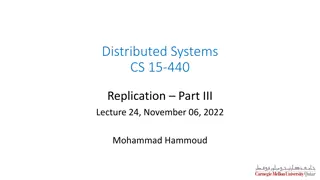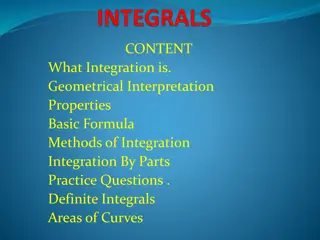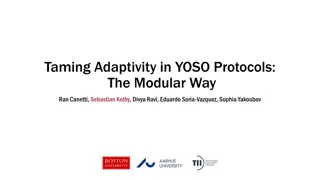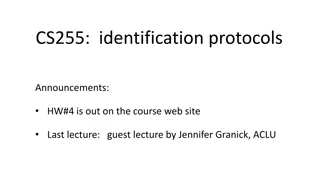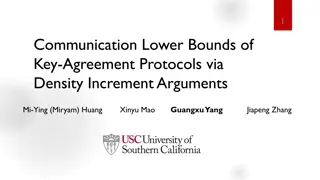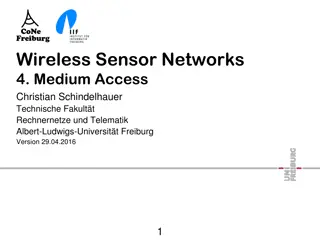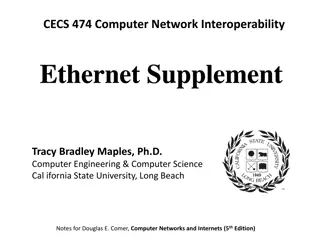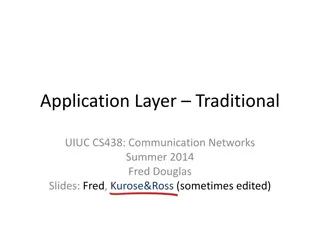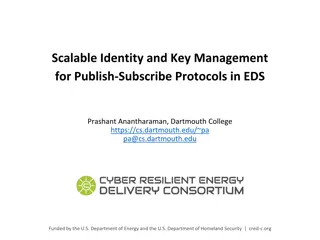Communication Protocols for System Integration
This technical document explores various communication protocols used for system integration, focusing on mailbox communication, interprocessor communication, system communication using IPCC, and BLE communication utilizing different IPCC channels. The document delves into the features, functions, and procedures associated with each communication protocol, highlighting their importance in facilitating seamless data exchange between different components of a system.
Download Presentation

Please find below an Image/Link to download the presentation.
The content on the website is provided AS IS for your information and personal use only. It may not be sold, licensed, or shared on other websites without obtaining consent from the author.If you encounter any issues during the download, it is possible that the publisher has removed the file from their server.
You are allowed to download the files provided on this website for personal or commercial use, subject to the condition that they are used lawfully. All files are the property of their respective owners.
The content on the website is provided AS IS for your information and personal use only. It may not be sold, licensed, or shared on other websites without obtaining consent from the author.
E N D
Presentation Transcript
Interprocessor communication 2 ARM CM4F Transport Layer (TL) IPCC SRAM2 ARM CM0+ Initialize TL (TL_BLE_Init function)
Mailbox 3 The Mailbox provides the following features: interface that implements the BLE communication protocol on top of IPCC supports only packets that are compliant to the HCI format Supports Command/Event flow control used by the HCI Transport Layer in all applications Direct access with the Transparent mode application HCI Format provided by PC GUI Function Description Initialize the BLE mapping void TL_BLE_Init ( ( initmode = cold/start used when standby is supported on the CPU2) TL_BLE_InitMode_t initmode, TL_CmdPacket_t * cmdbuffer, uint8_t *evtpool, uint32_t evtpoolsize); Send the command buffer Release an user event void TL_BLE_SendCmd (void); void TL_BLE_EvtDone (TL_EvtPacket_t * phcievt); void TL_BLE_EvtReceived (TL_EvtPacket_t * hcievt); Report an event received from the BLE controller (interrupt context)
System IPCC Communication 4 Supports all system communication related to system, memory and trace for both the BLE protocol and the Thread protocol. IPCC channels are used to communicate system and memory information between the two processors IPCC channel 2 (System) commands send by application to the radio stack response and events send by radio stack to application IPCC channel 4 (Shared memory management) buffer release notification send by application to the radio stack IPCC channel 4 (Traces) (Internal ST feature only) trace events send by radio stack to application
BLE IPCC Communication 5 Supports all communication related to the BLE protocol. Different IPCC channels are used to communicate BLE information between the two processors IPCC channel 1 (BLE) command send by application to the radio stack events and ACL data packet send by radio stack to the application IPCC channel 6 (BLE-HCI) ACL data packet send by application to the radio stack ACL data packet acknowledgment send by radio stack to the application
Shared IPCC buffers 6 IPCC buffers are to be allocated by the application in SRAM2a using the following table structure: SRAM2a table details System event queue System Cmd/Rsp Traces event queue SRAM2a table Thread Not/Ack Traces table Traces Event pool size Thread CLI Cmd/Not/Ack Memory Manager table Traces Event pool Thread Ot Cmd/Rsp System table System Event queue BLE HCL ACL data Thread table System Event pool size User Option BLE Event queue BLE table System Event pool IPCCDBA BLE CS Device Info table Spare system buffer BLE Cmd spare BLE buffer Device info
